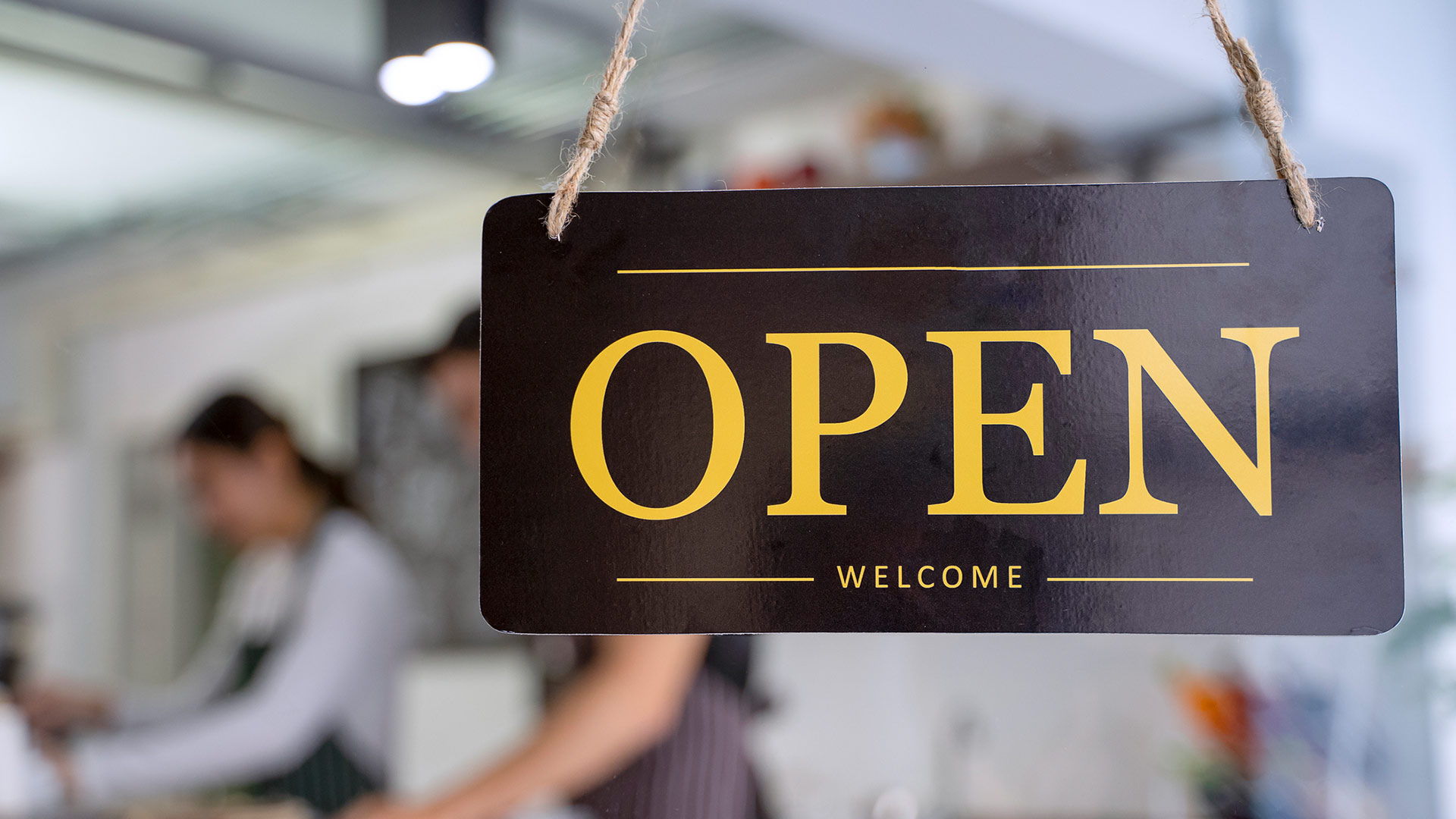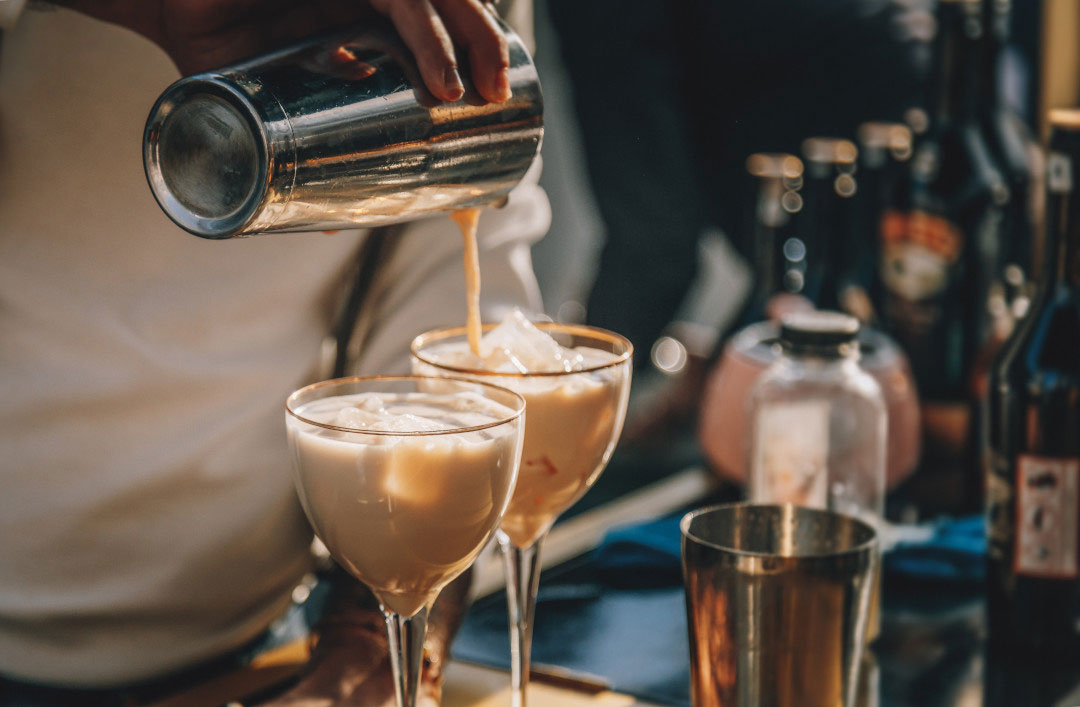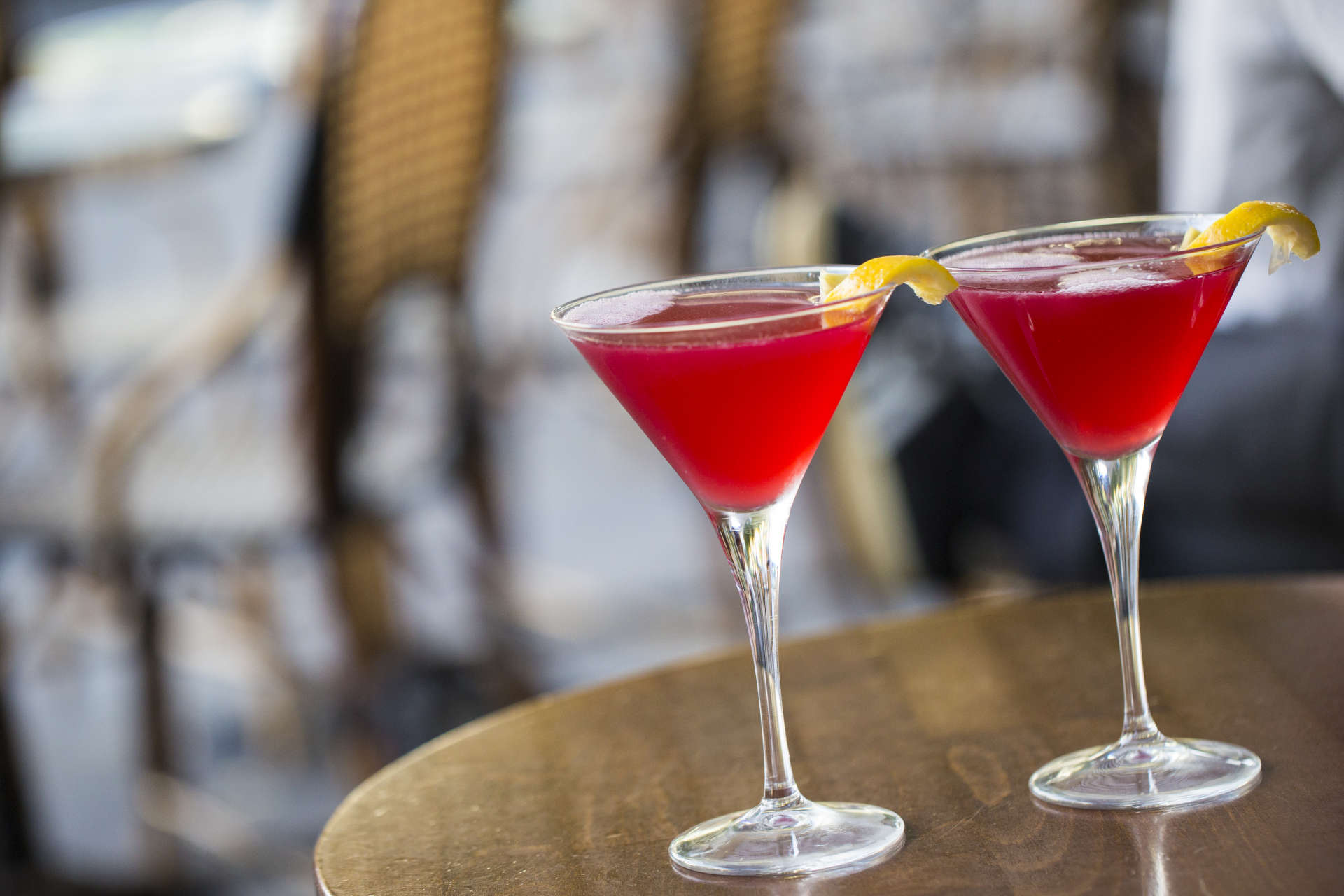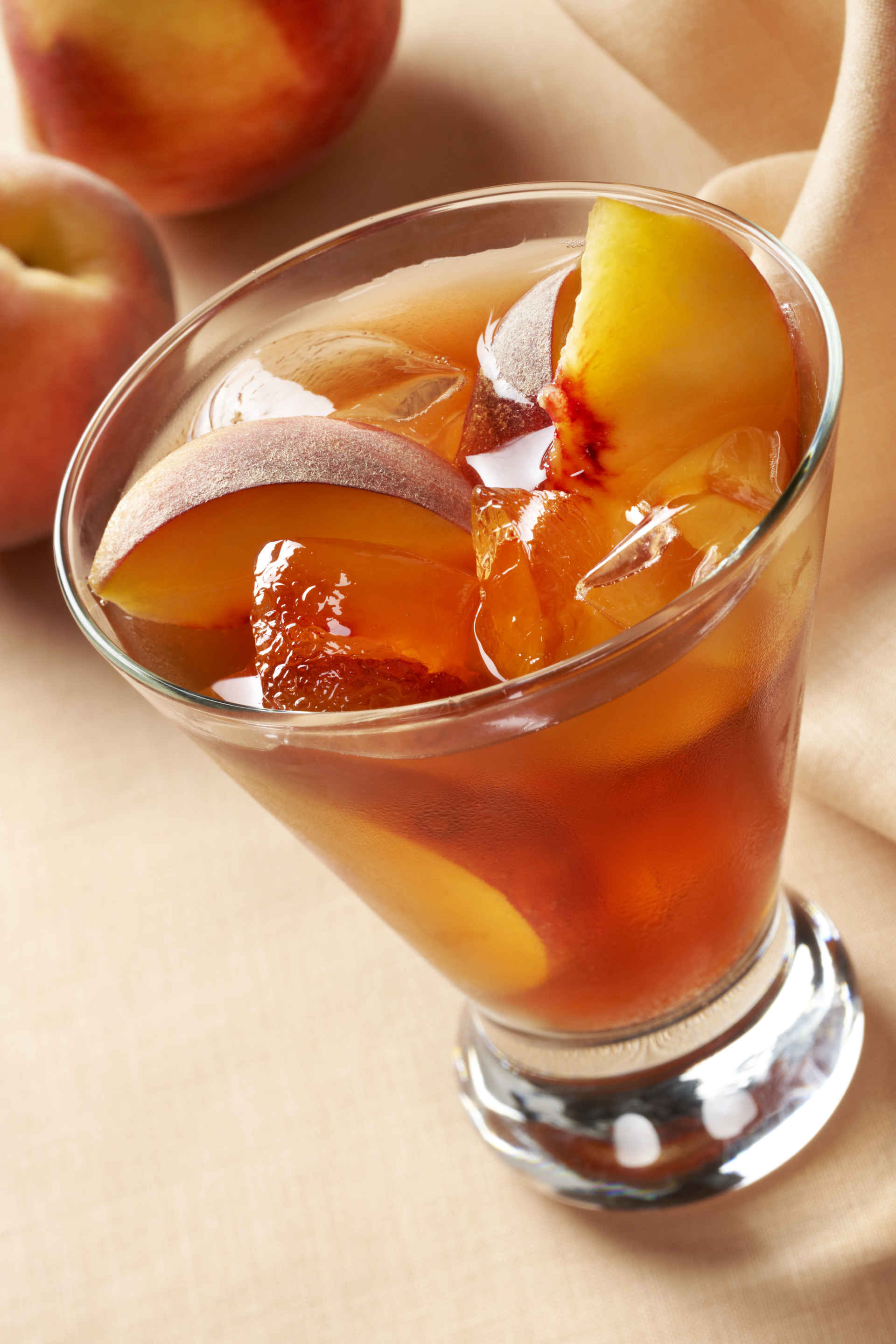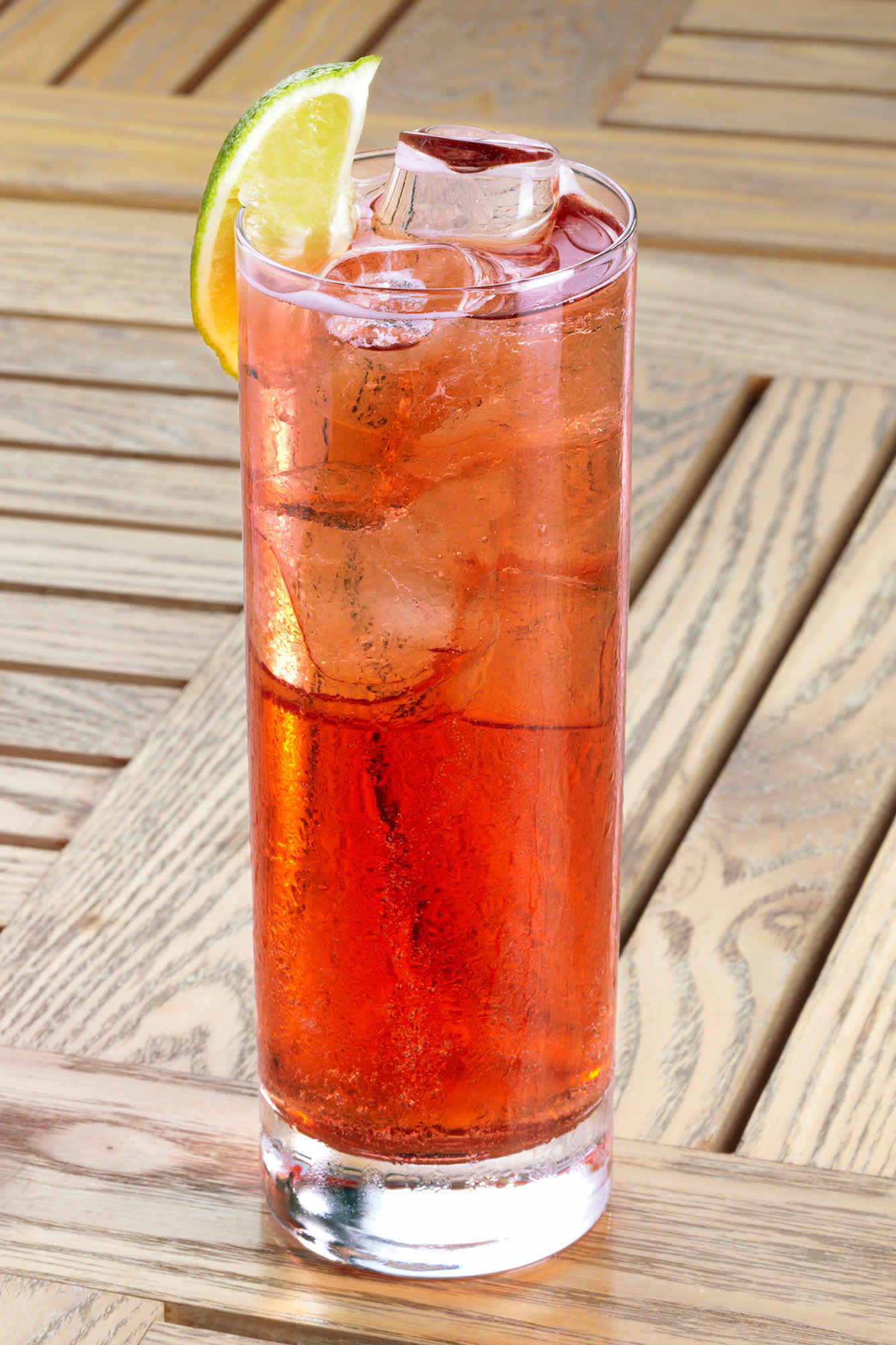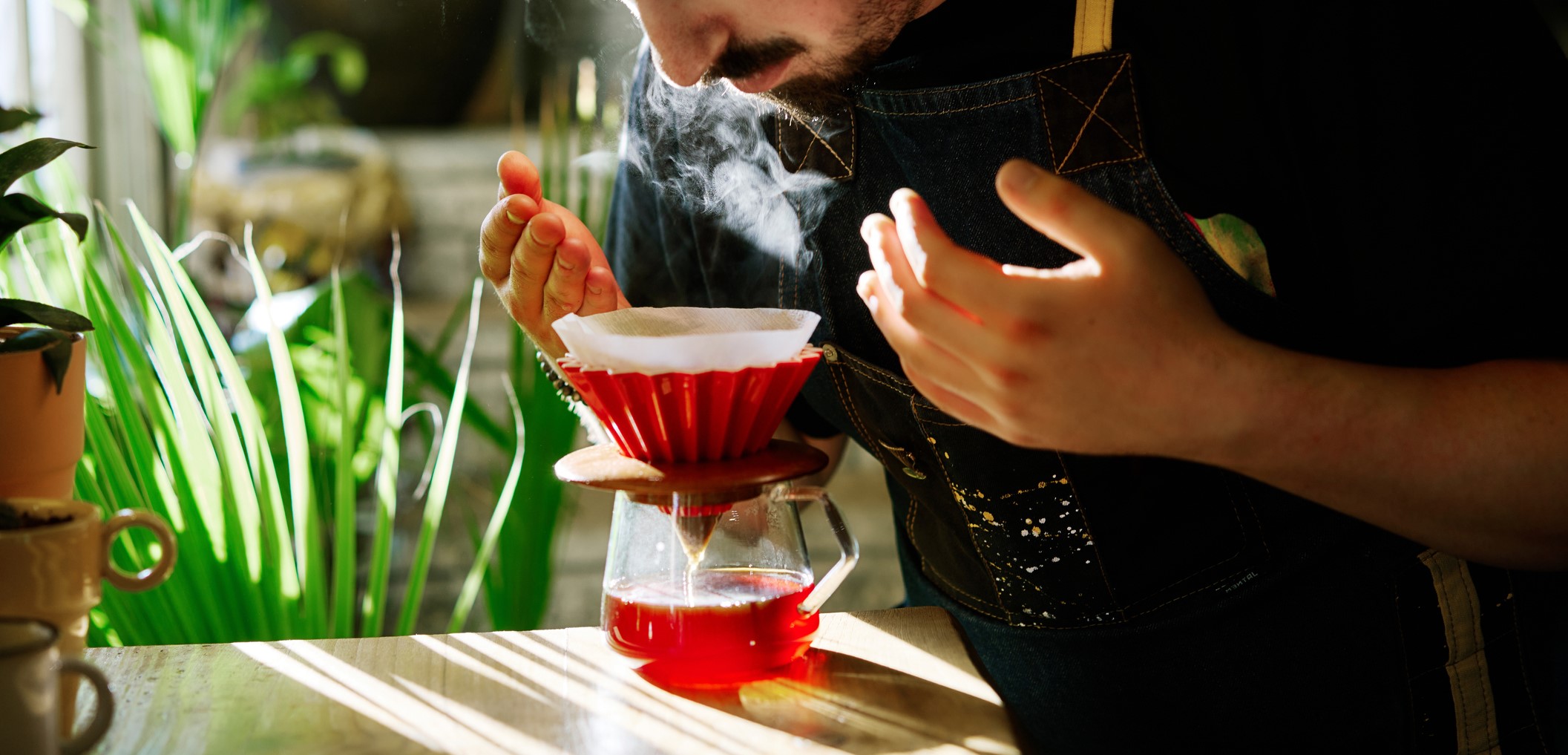Operations

At its most basic, a stocktake is an inventory of the stock you have in your business – the food, drinks and equipment in the bar, kitchen or stockroom – and their value.
If you're running an efficient business, stocktaking will be a process that you perform at regular intervals, and, ideally, you will be comparing your reports month-on-month or quarter-on-quarter. But many businesses only stocktake once a year, either because their stock doesn't fluctuate much or they find it a laborious process that eats up too much time.
Stocktaking software, however, can speed up the process and give instant results with reports you can compare. It will increase gross profit, reduce loss and identify areas of wastage.
Reasons to stocktake often
Frequent and regular stocktaking allows you to track the physical stock you have and analyse what's been sold and what hasn't. It's about comparing the physical stock to the report, then finding any discrepancies (variance) between what you think you should have and what you actually have.
Calculating wastage and allowances will show you what's gone through the till, what's been wasted, and what has been given as complimentary. Your stocktake can also highlight problems such as theft and shrinkage.
Stocktaking benefits at a glance
A thorough stocktaking method allows you to…
- Know what stock you have and when it's due to go out of date
- Measure how well one product is performing against others
- Discover dead stock – the products which aren't selling and are using up valuable space
- Order more efficiently and accurately forecast stock levels
- Keep track of purchase prices and see when they are rising
- See how much stock costs to buy and decide what price to sell it at
- Calculate accurate gross profit margins and maintain them – or find out why you are not hitting your targets
- Uncover theft within the business
The problem with variance
Discrepancies (variance) between logged stock and actual stock are normal. Most outlets experience 10-20% variance or, worse still, don't know how much variance they experience as they don’t count stock regularly.
Managers sometimes turn a blind eye to variance, thinking stock has perhaps been overlooked and may reappear at the next stocktake. But the reality is that all bars, restaurants and cafes experience variance and it's simply a matter of how much.

Where does missing product go?
Sometimes product simply never arrives. Stock can be short-delivered but signed for by staff members. More often, a larger and more expensive product is ordered but a smaller size arrives. For example, you order 1000ml bottles of mineral water but 700ml bottles arrive. Or you order 15 cases of beer and only 14 arrive.
Sometimes product disappears after arrival but before it reaches the bar. In this case, staff or management may be loaning it to other people or taking it for personal use. Cleaners or contractors may also be taking the product.
Product goes missing at the bar. The product arrives at the bar, but never converts to retail. The main reason for this is overpouring. It's estimated that bartenders unintentionally overpour by 10% and this has been noted even while they’ve been tested for accuracy. Other reasons are theft, with bartenders serving drinks and pocketing the cash. Or simply largesse: giving away complimentary drinks to friends, other staff or themselves.
How to tackle variance
There are various steps you can take to reduce variance. You can stocktake every 7-14 days. And it's good practice to count, weigh and measure stock rather than guessing.
If variance is a serious problem and you have doubts about the efficiency or integrity of your staff, you can appoint an external auditor to come and do an inventory on a one-off or regular basis.
Share the results of the inventory with your team so everyone is aware there's a problem, and the team can then collectively take steps to correct it. Once you're all aligned on your mission to reduce variance, challenge your team to keep lowering it and remember to reward them.
Other stocktaking methods
Try periodic stocktaking at regular intervals, or at the end of an accounting period. You can also perform scheduled or random spot checks, manually checking cash in the tills or stock. This is a good way to catch theft in action, and it's also an effective deterrent.
The most motivated managers might want to try continuous stocktaking, where you monitor stock frequently, for example, every week. And the last resort is annual stocktaking, which is done in the last month of the financial year.
Whatever method you choose, aim to invest in some good stocktaking software, set the frequency and stick to it, and get your staff on board. Then enjoy the benefits of better control, reduced variance and greater profits.
While we're on the subject, why not check out our article on how to efficiently stock your bar? Together with these tips, it will encourage strategic thinking and best practice from start to finish.
Explore our recipes, discover the latest trends and tips and stay up to date with the newest drink industry insights.
Elevate Classics
Inspire your creativity
DISCOVER THE LATEST TRENDS


